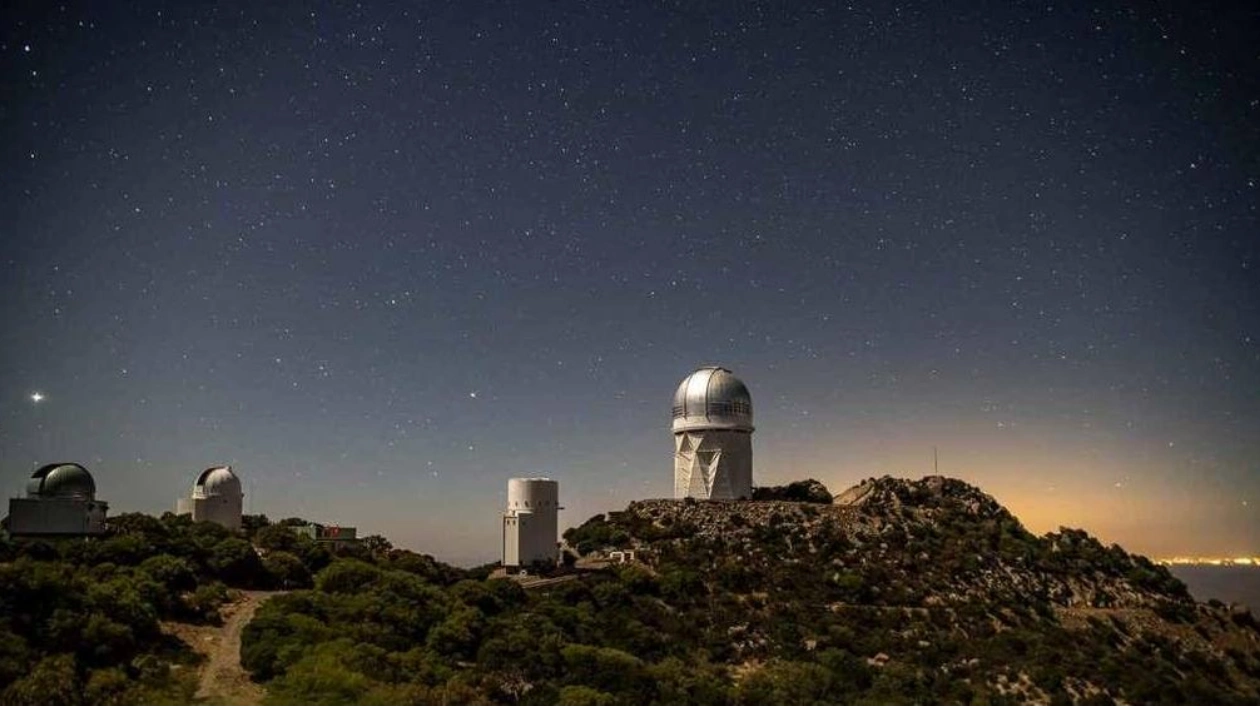A massive survey of the universe has significantly increased the number of active black holes known to exist in small galaxies and discovered the largest collection of middleweight black holes to date. Researchers have identified approximately 2,500 dwarf galaxies with actively feeding black holes at their cores, a substantial increase from the approximately 500 previously known. Additionally, the team uncovered nearly 300 new candidates for intermediate-mass black holes, more than quadrupling the previous count of around 70 possible detections. This abundance allows for the study of these black holes as a group, rather than individually, according to astronomer Ragadeepika Pucha of the University of Utah. Such comprehensive studies could unravel many mysteries surrounding the co-evolution of black holes and their host galaxies.
Every large galaxy is thought to be centered around a supermassive black hole, which is millions of times more massive than the sun. However, the origins of these colossal black holes remain uncertain. 'It’s a bit of a chicken-or-egg question between galaxies and black holes,' says coauthor Stéphanie Juneau, an astronomer at NOIRLab. 'Which one formed first? Does one control the other?' Dwarf galaxies and midsize black holes might hold the key to these questions, as they are believed to represent the initial stages of galaxy and black hole development, having avoided numerous mergers over cosmic history.
Pucha and her team utilized early data from the Mayall Telescope in Arizona to construct a vast 3-D map of the universe. In its inaugural year, the Dark Energy Spectroscopic Instrument (DESI) survey observed nearly 1.5 million galaxies. The researchers focused on a subset of these galaxies, searching for dwarf galaxies that emit light wavelengths associated with the hot disk of gas and dust surrounding an actively feeding black hole. They found that about 2 percent of the nearly 115,000 dwarf galaxies in the study emit such light, compared to the previous rate of 0.5 percent.
The team also estimated the masses of black holes in over 4,000 galaxies, both dwarf and larger. They then sought out intermediate-mass black holes, which have masses ranging from about 100 to a million times that of the sun. 'These are very important because they tell us about how the first black holes were formed in the universe,' Pucha explains. If black holes begin small and grow through mergers, the universe should contain numerous middleweight black holes representing intermediate stages of growth.
In the DESI data, Pucha and colleagues identified about 150 confident detections and an equal number of tentative ones, suggesting that the first black holes in the universe were relatively lightweight. However, the James Webb Space Telescope has also detected surprisingly massive black holes in the early universe, which Pucha suggests might indicate that JWST has yet to observe the earliest black holes. This survey likely represents just the beginning, with the full first-year dataset expected to be released in March or April 2025, revealing many more galaxies. Furthermore, there are undoubtedly more black holes to be discovered, as the current findings likely capture only the brightest examples.
Source link: https://www.sciencenews.org






